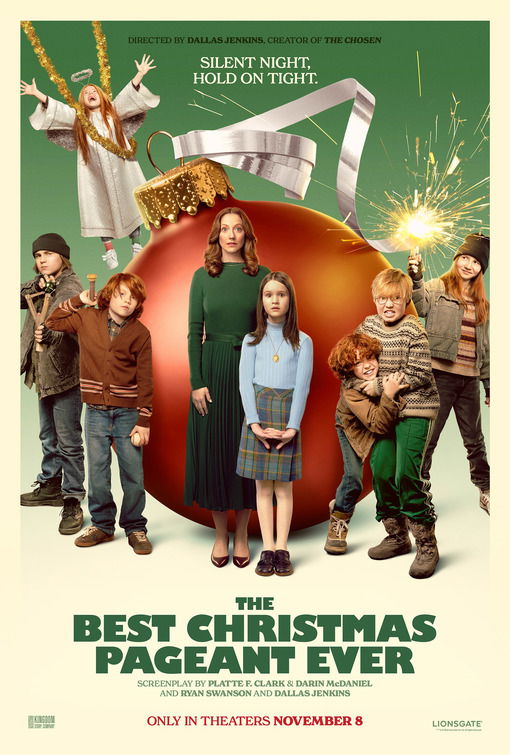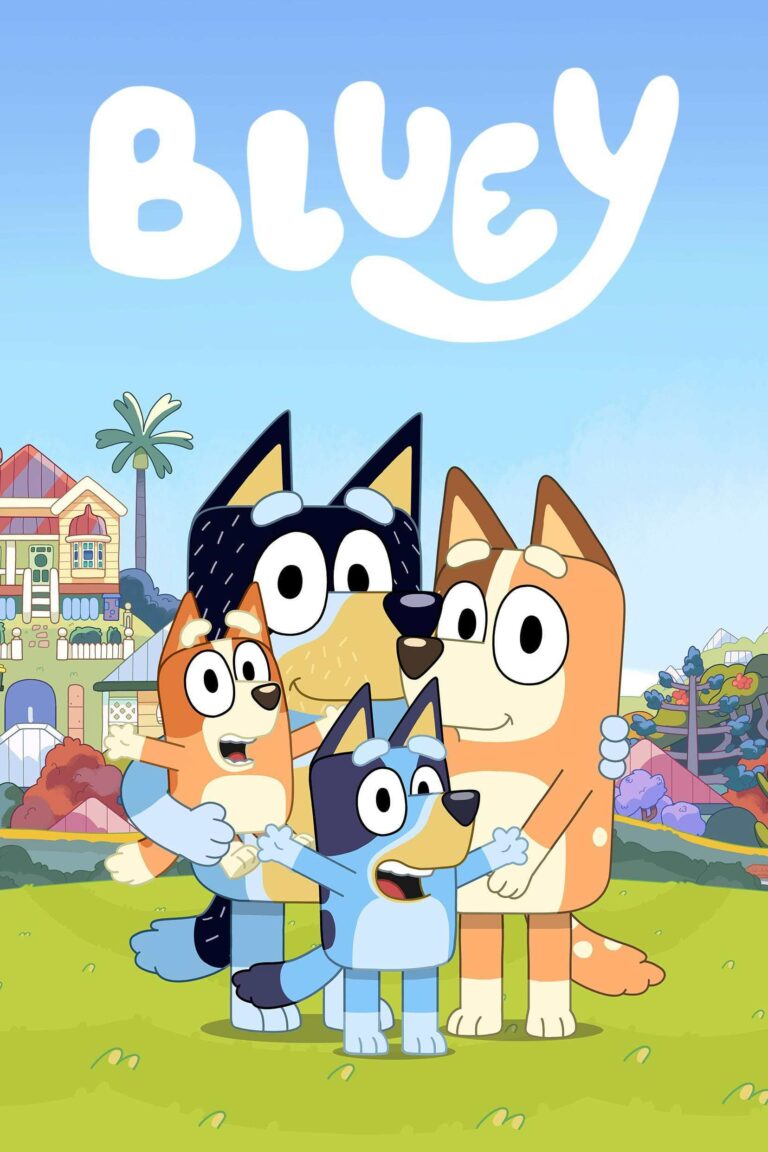“Bluey recaptures hearts in its latest episodes”
What You Need To Know:
BLUEY is a great form of children’s entertainment. The animation is clean and beautiful. The music in the background is excellent and perfect for the mood. The greatest part are the stories. Each story of BLUEY is written for both the children and parents who watch the show, as it teaches wonderful, positive moral lessons.
Content:
Very strong moral worldview where each of the episodes has a particular obvious moral and then a hidden underlying moral. In “Cubby,” the moral is to not be too discontented when you feel like things could be better; Bluey and Bingo learn this while playing with their new baby, while Bandit and Chilli learn it while trying to deal with their creations. In “Exercise,” Bandit and Chilli learn to take care of themselves and entertain their children, and that their children help them feel young. In “Relax,” Chilli has to learn the importance of true rest, which is something everyone needs, even according to the Bible. In “Stickbird,” the moral is learning to deal with anger and disappointment and letting go of these feelings. In “Show and Tell,” the moral is that when parents are telling their kids to do things it is for their benefit, which can correlate directly with the commandment “Honor Thy Mother and Father.” In the episode “Dragon,” Bluey is taught to persevere and to support her love of drawing while Chilli remembers her mother and in her own way grieves and copes with her loss in their drawing adventure. In the episode “Wild Girls,” Bluey’s friend Coco learns to have empathy and that life like imagination doesn’t always go our way but that doesn’t mean it isn’t worth doing. In the episode “Cricket,” Bluey’s friend Rusty learns both to persevere in a game he loves, face his fears by being brave, and to take care of his little sister while his father is away
No explicit foul language, but in the world of Bluey the adults will use substitutes for but not the usual substitutes, such as “Biscuits” and “Duck Cake”
Some sports violence and cartoon crashing
No sex
Technically all the characters are naked because they are dogs, but there is no human nudity
No alcohol use
No smoking or drugs, but there’s an episode where Bluey, Bingo and Bandit go to a pharmacy to get some vitamins; and,
A pair of single parents seem to be flirting with each other indicating they are single parents, which is not ideal but not indicating why they are single, and the young dogs pretend the character Coco is a witch in “Wild Girls,” but this isn’t witchcraft related and is more like being a fairytale witch.
More Detail:
The 10 new episodes are “Cubby,” “Exercise,” “Relax,” “Stickbird,” “Show and Tell,” “Dragon,” “Wild Girls,” “TV Shop,” “Slide,” and “Cricket.” “Cubby” follows Bluey and Bingo as they make a new home for their puppy stuffed buddy named Cubby, while at the same time, Chilli and Bandit are hoping to change for bigger things like a room and TV. “Relax” sees the Heeler family going on vacation to a hotel on the beach. Bandit and the children are able to enjoy their vacation, but Chilli finds it difficult to relax and enjoy the moment. “Stickbird” sees the family still on vacation, but Bandit is worried about something and helps Bingo deal with the destruction of her sand creation called Stickbird. In “Show and Tell,” the family has returned from vacation, Bingo has a crab claw which she’s nervous about show and tell with, while Bluey is complaining about Bandit constantly telling the children what to do. “Dragon” sees the family showing off their drawing and storytelling skills, but Bluey is nervous about her skills as an artist in comparison to her mother. “Wild Girls” is one of the few episodes that doesn’t follow Bluey or her family, but two of her friends, Coco and Chloe, where they learn to play pretend in a way that makes everyone happy. “TV Shop” has Bluey and Bingo going with their father to the pharmacy and playing with their friends using the store’s CCTV monitors. “Slide” follows Bingo and her best friend, Lena, as they try to enjoy the water slide without hurting any wandering bugs. Finally, the episode “Cricket” is the story of Bluey’s friend, Rusty, and his love of the game cricket, as he beats the adults at the game.
Quality wise, the episodes are fantastic. BLUEY is a wonderfully drawn two-dimensional animated show that is wonderfully paired with classical music and fun tunes. In addition, the voice actors are on point with their portrayals of the children and their parents. The true test of quality, however, is the stories. Each episode Although only eight to nine minutes long, each episode is a cute and easy-to-follow story for all ages, but they aren’t shallow. In fact, many BLUEY episodes have a deeper hidden meaning to them that can sometimes go over children’s heads and speak directly to the adults in the room and can truly hit viewers emotionally if they are paying attention.
The 10 new BLUEY episodes for Season Three have a strong moral worldview. Every episode has examples of positive life lessons that are good for everyone. For example, in the episode “Stickbird,” both Bingo and Bandit show that it’s okay to be upset and angry so long as you are willing to let go of it. Another example is about proper perseverance and the importance of honest opinions in the episode “Dragon.” In this episode, Chilli tells Bluey how Bluey’s grandma told Chilli her early drawings weren’t good, but Chilli encourages Bluey to keep drawing. At the end of this episode, Chilli in the drawing lets her horse go, which represents her grieving her mother’s loss in a healthy way, which is another important and moral lesson.


 - Content:
- Content: 





